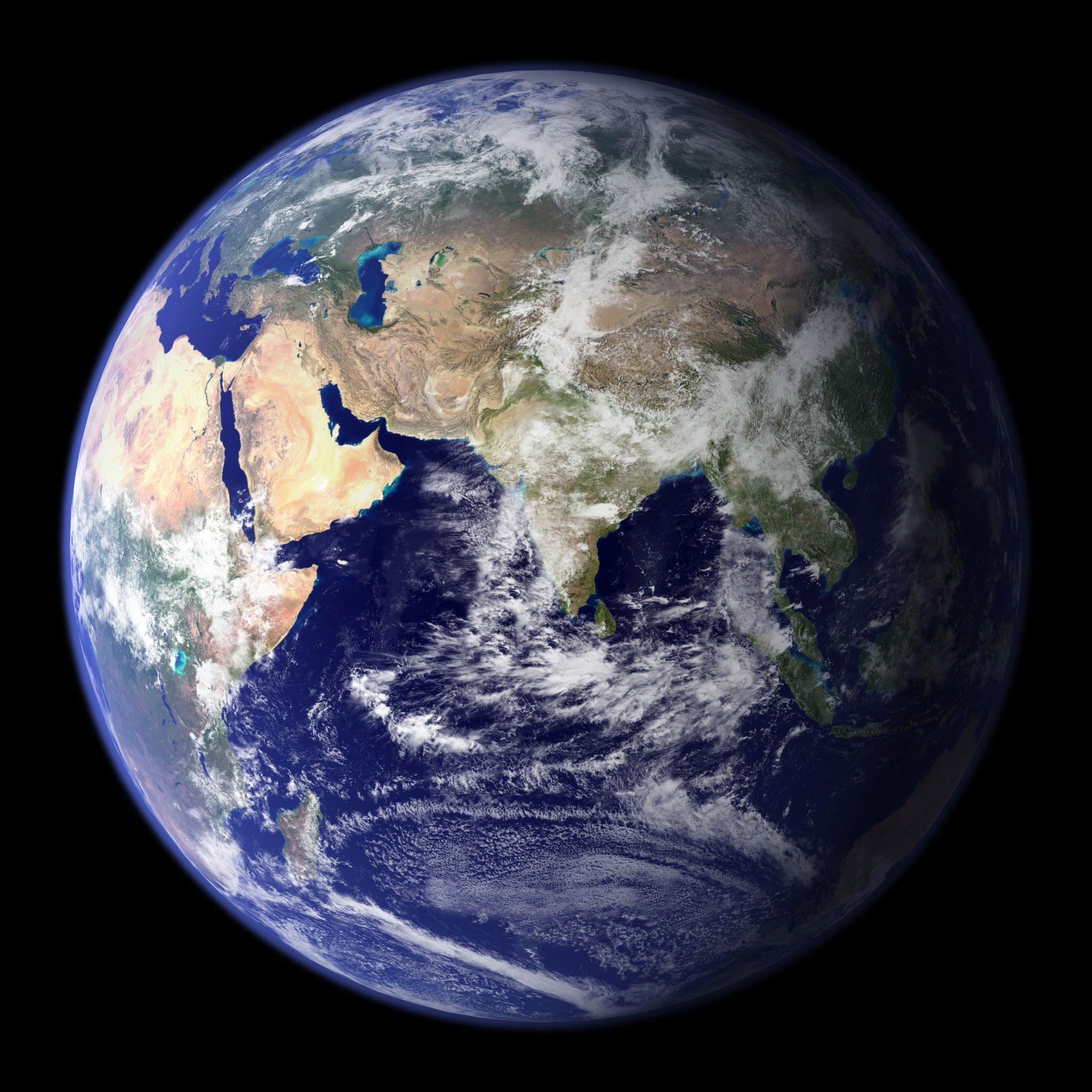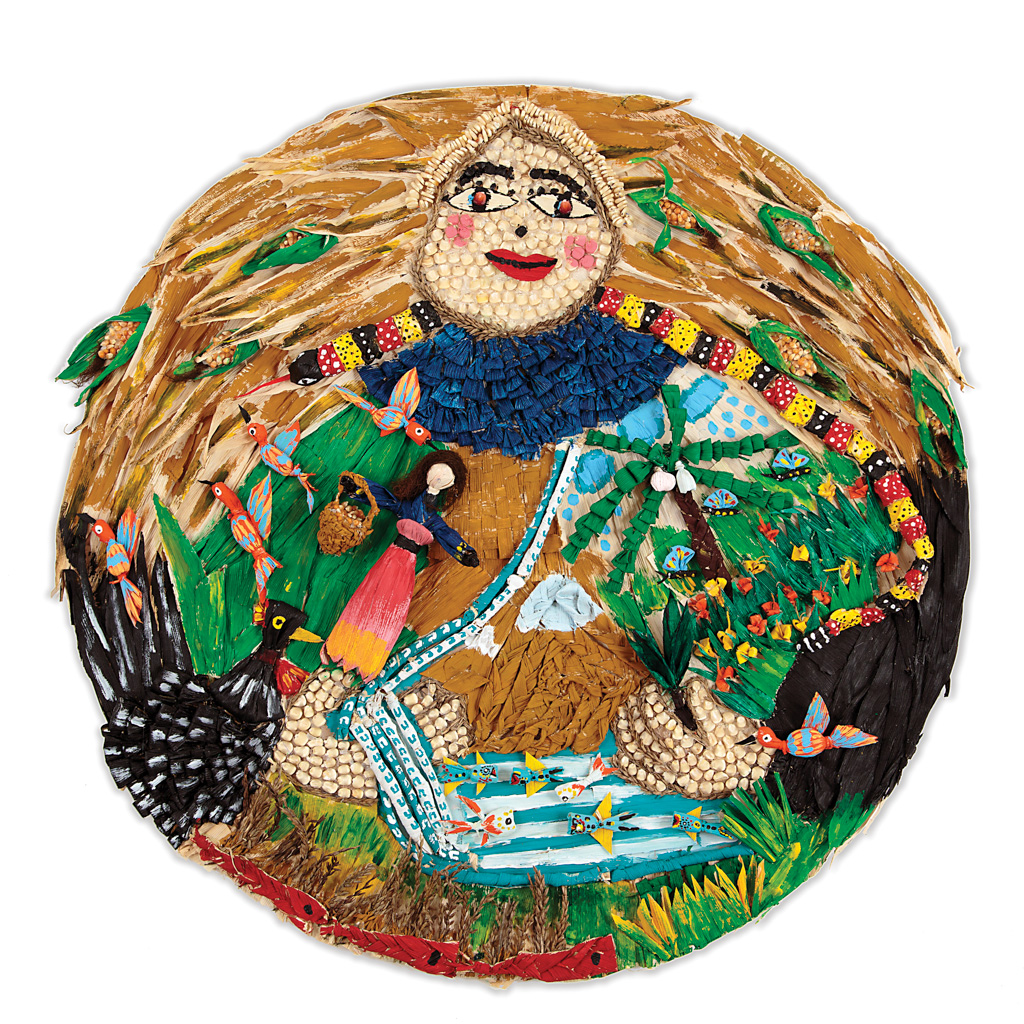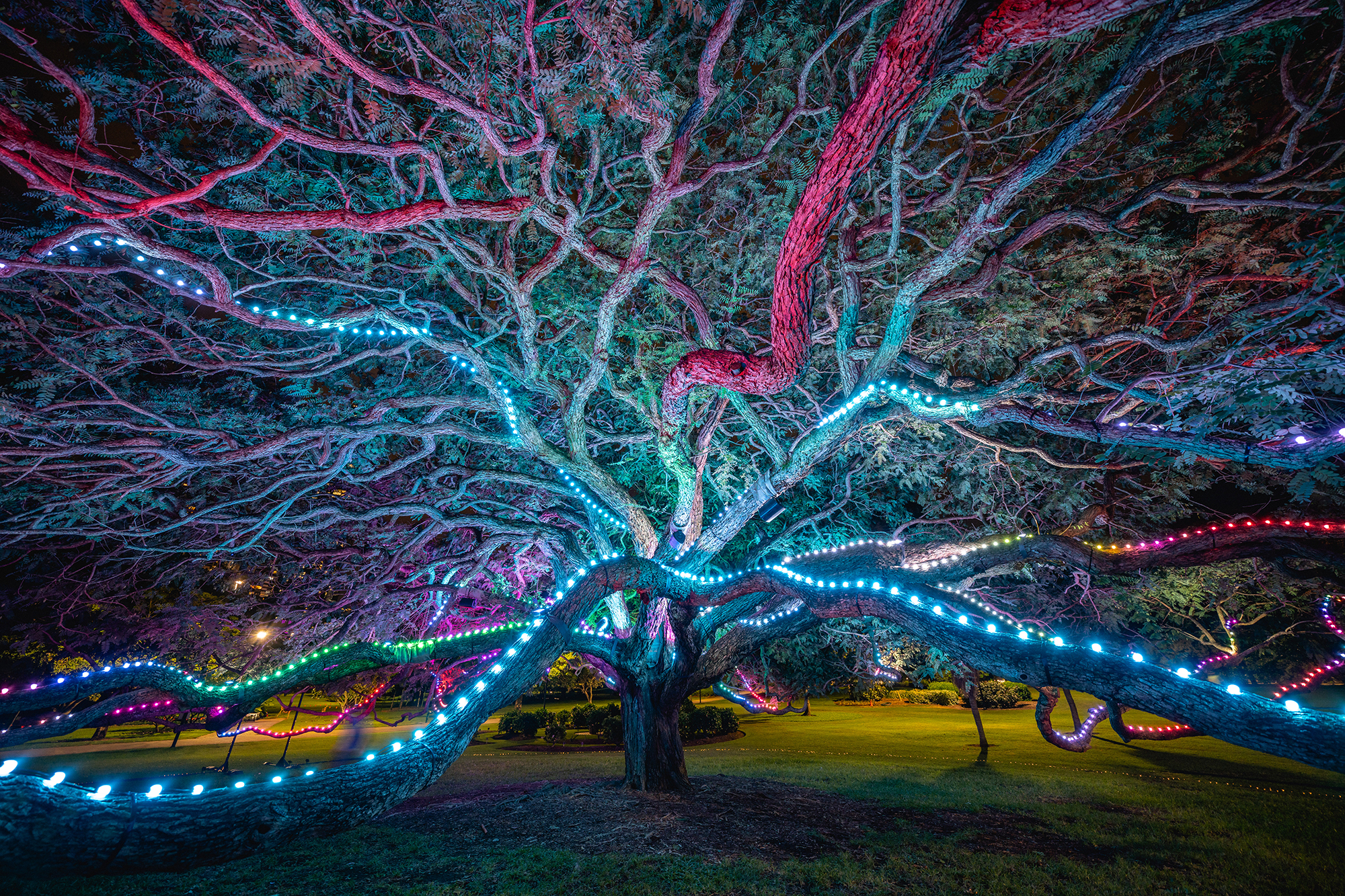Our Living Earth
First published in Sanctuary Cub,
Vol. 42
No. 11,
November 2022
By Francesca Cotta
To the ancient Greeks, she was Gaia; to the ancient Romans, Tellus; to Hindus, she is Bhoomi. Several ancient civilisations have personified the Earth as a mother or goddess figure. She is depicted as the source of all life.
Mother Earth
In fact, she is as much a symbol for life as she is for our planet. This prevalence of the ‘Mother Earth’ deity across cultures and throughout history suggests that our ancestors in their wisdom, recognised that the Earth itself was alive. Modern science took some time to catch on, probably thanks to how heavily it had been influenced by the ideas of the 17th century French philosopher and scientist, Rene Descartes. According to his mechanistic idea of the world, all of nature obeyed fixed laws and everything in the universe could be explained by studying the arrangement and movement of the smallest constituting parts of matter. In this worldview, the Earth functioned as a large mechanical system, following fixed, universal laws.

Earth from space, with India in focus. Photo: Public Domain
Gaia Hypothesis
In the early 1970s, scientist and inventor James Lovelock put forth an idea that the Earth is better understood as a superorganism. He said that all living beings actively modify their surroundings to create an environment that is suitable for their optimum survival. And these complex interactions between living beings and the atmosphere, rocks and water create a stable environment for the Earth to continue living. He called this idea the ‘Gaia hypothesis’. Zoom into any event in our planet’s endlessly fascinating history and you can see evidence of this lifesupporting tendency.
Around 2.4 billion years ago, when the Earth was covered in water, single-celled organisms called cyanobacteria began to harness sunlight to produce energy to power their cells – the first photosynthesis. A byproduct of this process was the release of oxygen into the Earth’s atmosphere for the first time! Thanks to cyanobacteria, the atmosphere began to have increasingly more oxygen available in it, creating the necessary conditions to support life as we know it today.
Or take the ‘wood-wide web’, a vast network of fungi in the soil through which trees communicate with each other. When the fungus and the plant roots connect, they form mycorrhiza, through which they both send materials mutually required for their growth. As these mycorrhizae link up, they spread over a large area under the surface of the ground, forming a network which plants use to send sugar, nutrients, water, and other substances. Our discovery of this ‘woody web’ sheds light on the social lives of trees – how through speaking to each other, and caring for each other, a forest ecosystem is created that sustains a robust diversity of lifeforms.

Madre Tierra (made of corn husks) by Mariana Ayala Bautista of Oaxaca. Photo: Public Domain.

Gaia in the TV show Captain Planet and the Planeteers, represents Mother Earth. Photo: Mark Anderson
Living Planet
If you look at a time-lapse of satellite images of Earth as it cycles through the seasons, the ebbs and flows of melting ice cover, sea surface temperatures and water circulation, it appears as if it is inhaling and exhaling. Just as our breathing regulates our oxygen intake and carbon expulsion, our planet performs a plethora of processes to regulate the flow and consumption of energy and the use of materials in a manner that helps it to continue sustaining life.
Ever since the Gaia theory has become an accepted idea within the sciences, it has led to increasing appreciation of the fact that we need to treat our planet as an interconnected entity and we need to protect it in a holistic fashion. This theory helps us link the ancient concept of Mother Earth to new findings in emerging areas of study across the sciences. For example, earlier this year, scientists outlined a new taxonomic system for classifying minerals that accounts for the role that life plays in shaping geology. We are much more familiar with living organisms adapt to their geological environments. But one-third of all minerals found on our planet are formed either solely as parts or by-products of living things. Teeth, coral, wood, kidney stones – the list is long.
Perhaps this makes perfect sense to Cub readers, though. After all, we recently learned that the soil – and our guts – are teeming with microbes that are vital for our survival! The Earth is alive. It is life’s ingenuity that shapes every aspect of our home planet. How wonderful is that?

Tipuana Tipu tree as a representation of Gaia as a superorganism. Photo: Brisbane City Council.
Francesca Cotta is an Assistant Editor at Sanctuary Nature Foundation. She loves to read, bake, go on long walks in nature, and swim. She is also part of the Save Mollem movement in her home state, Goa.





